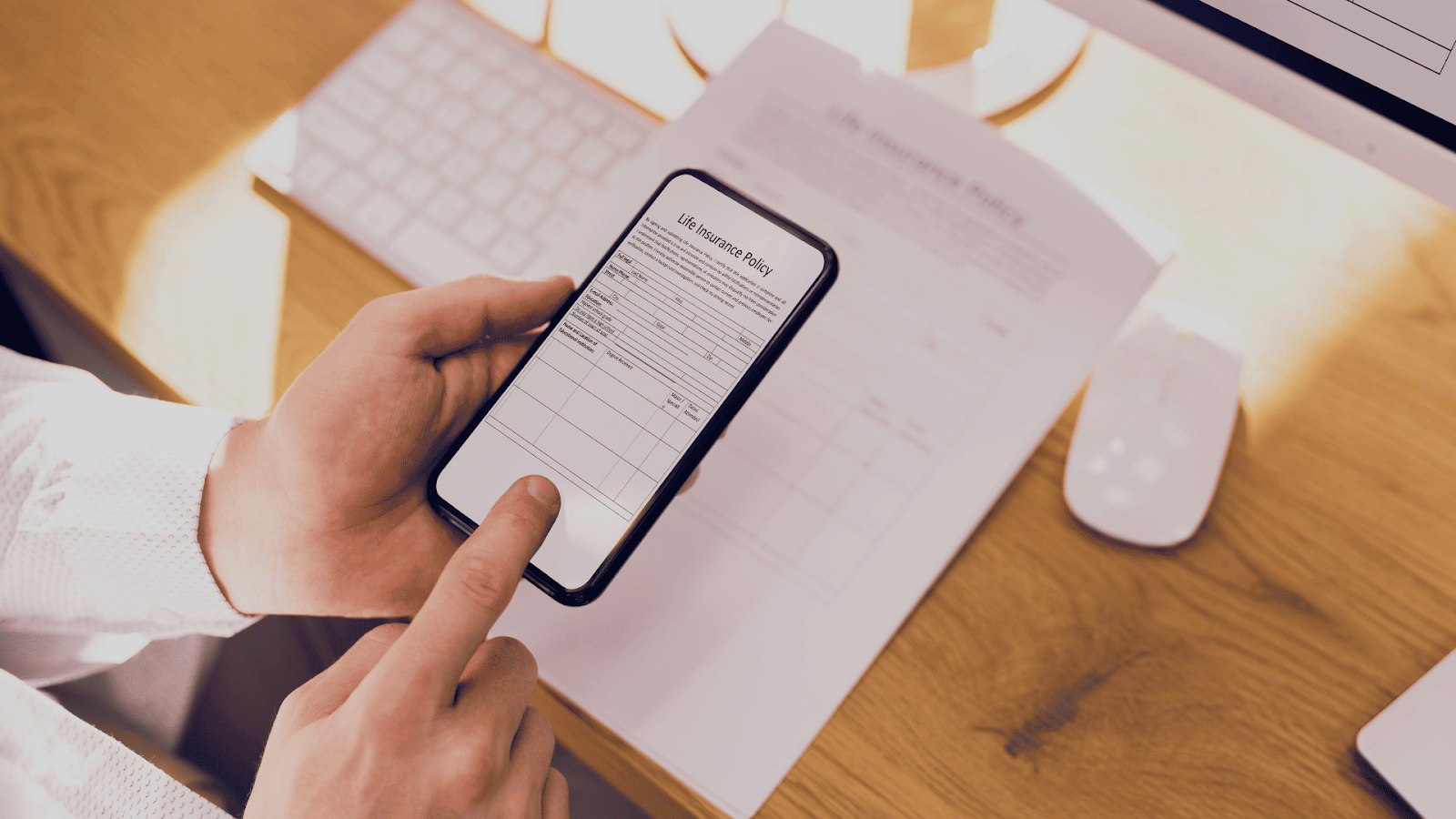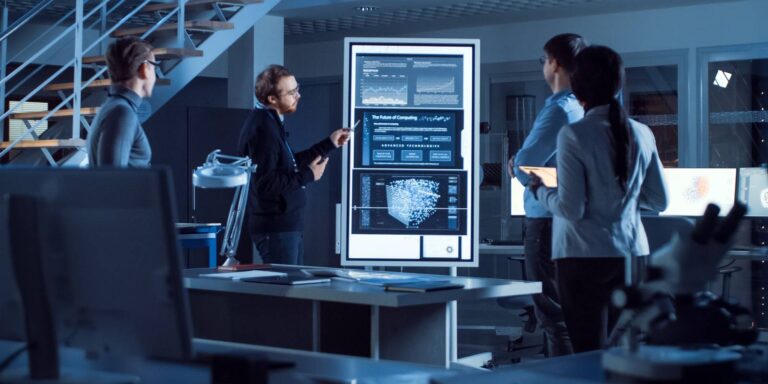From Sight to Syntax: The Revolutionary Era of Converting Pictures to Text
In the realm of digital technology, the transition from visual data to textual information marks a pivotal phase, reshaping how users interact with and process information. This article delves into the intricacies of this transformative era, highlighting key developments and technologies that have made it possible.
Table of Contents
The Evolution of Image-to-Text Conversion
The journey of converting images to text is not a recent phenomenon. It dates back to the early days of computing when rudimentary methods were used to recognize text within images. However, the last two decades have witnessed exponential advancements in this field. The integration of Optical Character Recognition (OCR) technology has been a cornerstone in this evolution. OCR has evolved from simple character recognition to complex algorithms capable of interpreting various fonts, styles, and even handwritten text with remarkable accuracy.
Technological Breakthroughs in OCR
- Introduction of Machine Learning and AI: The integration of machine learning and artificial intelligence into OCR technology has been a game changer. These technologies allow OCR systems to learn and adapt from a vast array of data, improving their performance over time.
- Enhanced Accuracy and Efficiency: With the adoption of AI, OCR systems have become significantly more accurate and efficient. They are now capable of processing large volumes of text with greater precision.
- Context Understanding: Modern OCR systems, powered by AI, are not just limited to recognizing characters but can also understand the context within which these characters appear. This leads to more accurate interpretations of the text.
- Error Correction Based on Learned Patterns: One of the most significant advancements is the ability of OCR systems to correct errors by recognizing patterns in the data they have processed. This learning mechanism allows continuous improvement in accuracy.
- Real-time Processing Capabilities: The latest OCR technologies can process information in real-time, a crucial feature for applications that require immediate data extraction and analysis.
- Accessibility Improvements: Advances in OCR technology have also led to better tools for individuals with disabilities, such as text-to-speech systems for the visually impaired, making information more accessible to all.
- Data Security and Privacy Enhancements: With increasing use in sensitive areas, OCR technology has incorporated stronger data security and privacy measures to protect the information it processes.
These breakthroughs illustrate the dynamic nature of OCR technology and its continuous evolution, driven by advancements in AI and machine learning.
Applications and Impacts
The implications of advanced image-to-text conversion are vast and varied. In the academic sector, it has enabled the digitization of historical documents, making them accessible to researchers worldwide. In the business realm, it has streamlined data entry processes, reducing manual labor and increasing productivity. Additionally, it plays a critical role in accessibility, assisting visually impaired individuals in reading and interpreting textual content from images.
OCR Online: A Case Study in Innovation
A notable example of these advancements is embodied in an online tool, OCR Online. This platform exemplifies the modern capabilities of image-to-text conversion. Unlike traditional OCR systems, OCR Online caters to a broad spectrum of needs. This image to text converter allows users to convert scanned PDFs, images, and photos into editable text formats. This tool is particularly adept at preserving the layout when converting PDFs to Word or Excel formats, a feature crucial for maintaining document integrity.
Furthermore, OCR Online stands out for its accessibility and user-friendliness. It is designed to be used effortlessly on both mobile devices and PCs, ensuring that users can access its features regardless of their device. What sets this tool apart is its commitment to user privacy and data security. It offers free OCR services to guest users without the need for registration, ensuring that all uploaded documents are automatically deleted post-conversion. This approach not only safeguards user privacy but also enhances the tool’s appeal to a wider audience.
The Future of Image-to-Text Conversion
Looking to the future, the potential of image-to-text technology continues to expand. The integration of more advanced AI algorithms is anticipated to further refine the accuracy and speed of these systems. It’s likely to see more seamless integration of this technology into various sectors, including healthcare, legal, and education, where the need for quick and accurate data conversion is paramount.
Conclusion
The era of converting pictures to text is a testament to human ingenuity and the relentless pursuit of technological advancement. From its rudimentary beginnings to the sophisticated systems of today, this field has transformed the way of handling and interpreting visual data. Continuing to witness advancements in AI and machine learning, the possibilities for image-to-text conversion are boundless, promising a future where the gap between the visual and the textual narrows even further.


